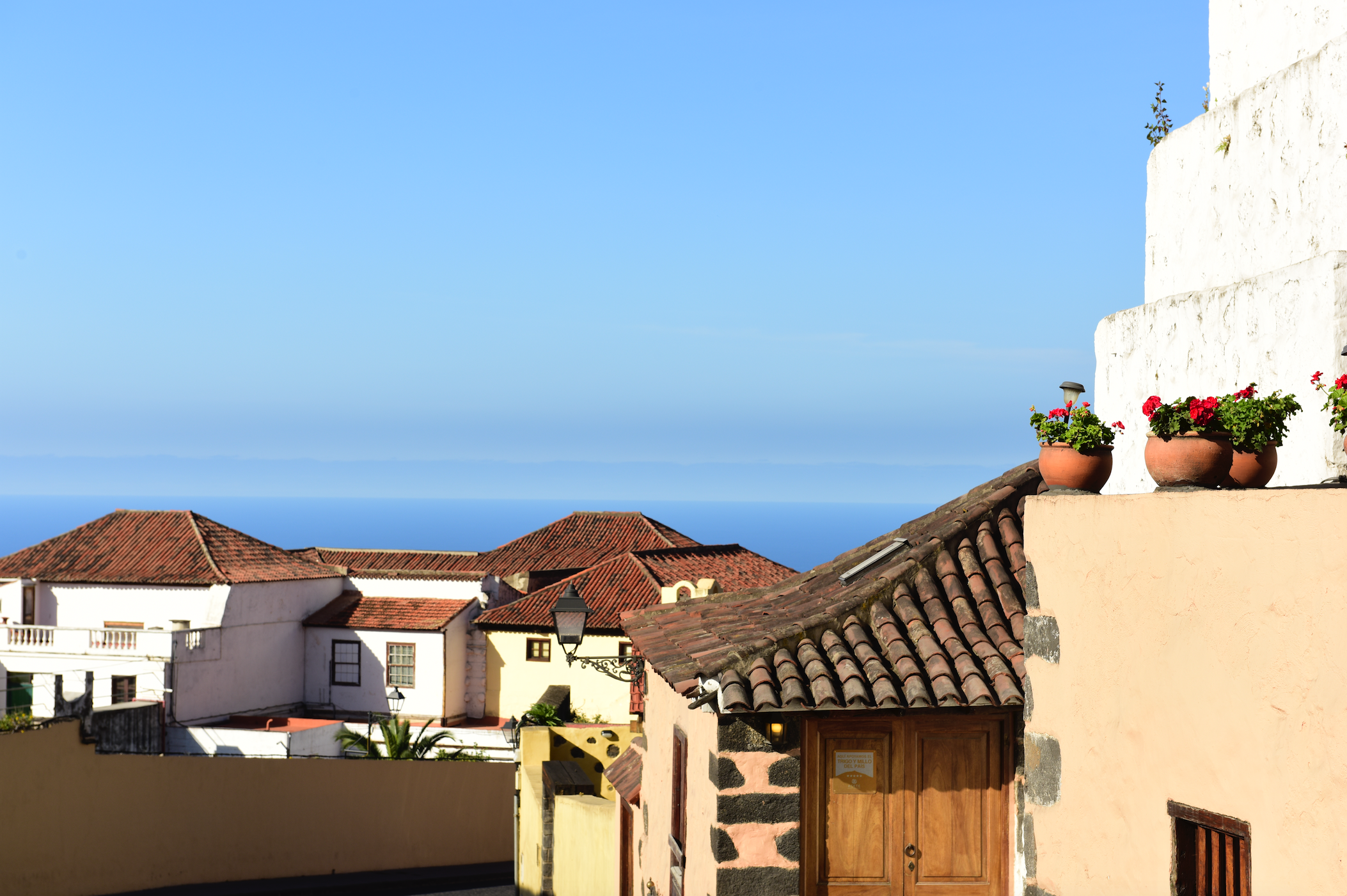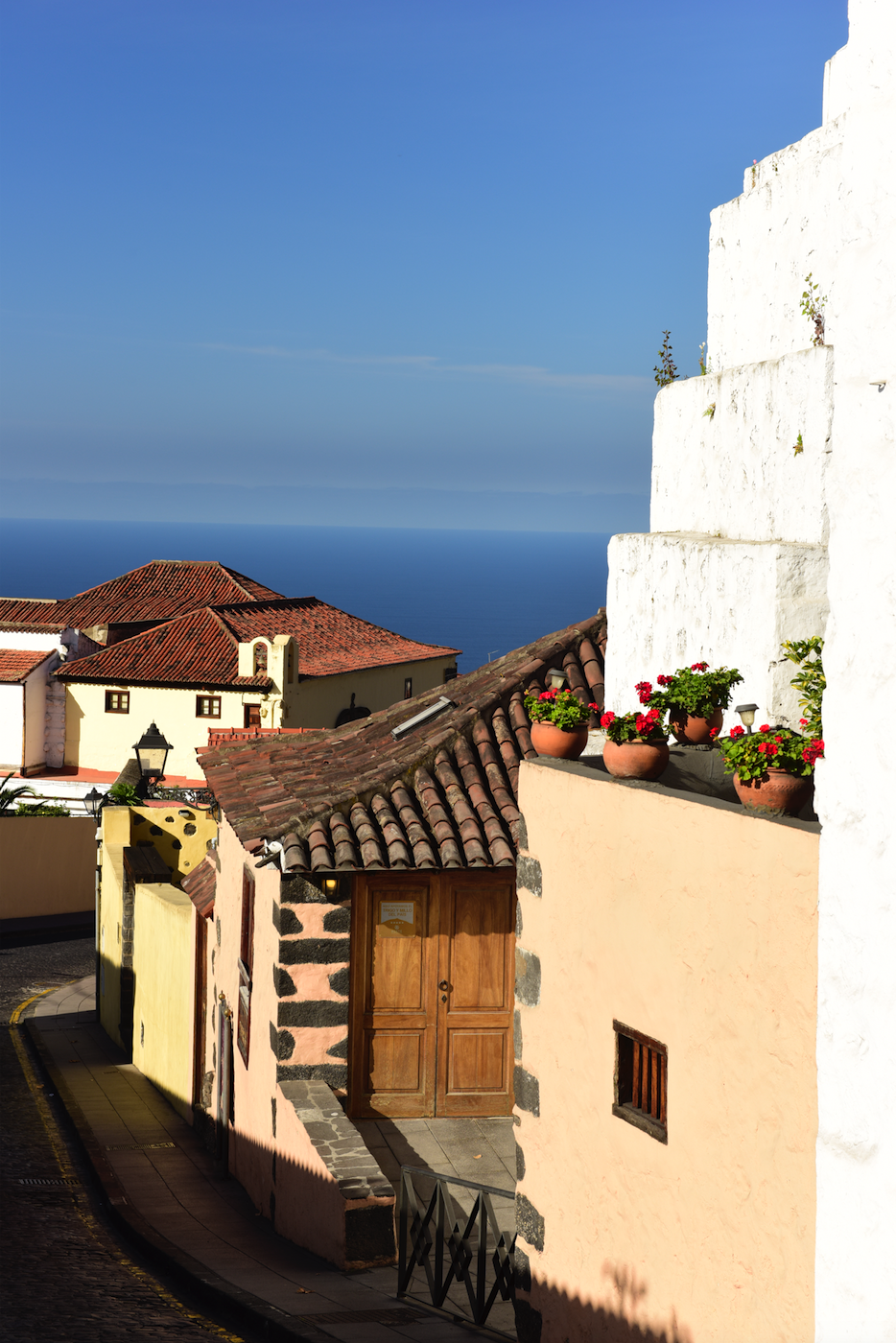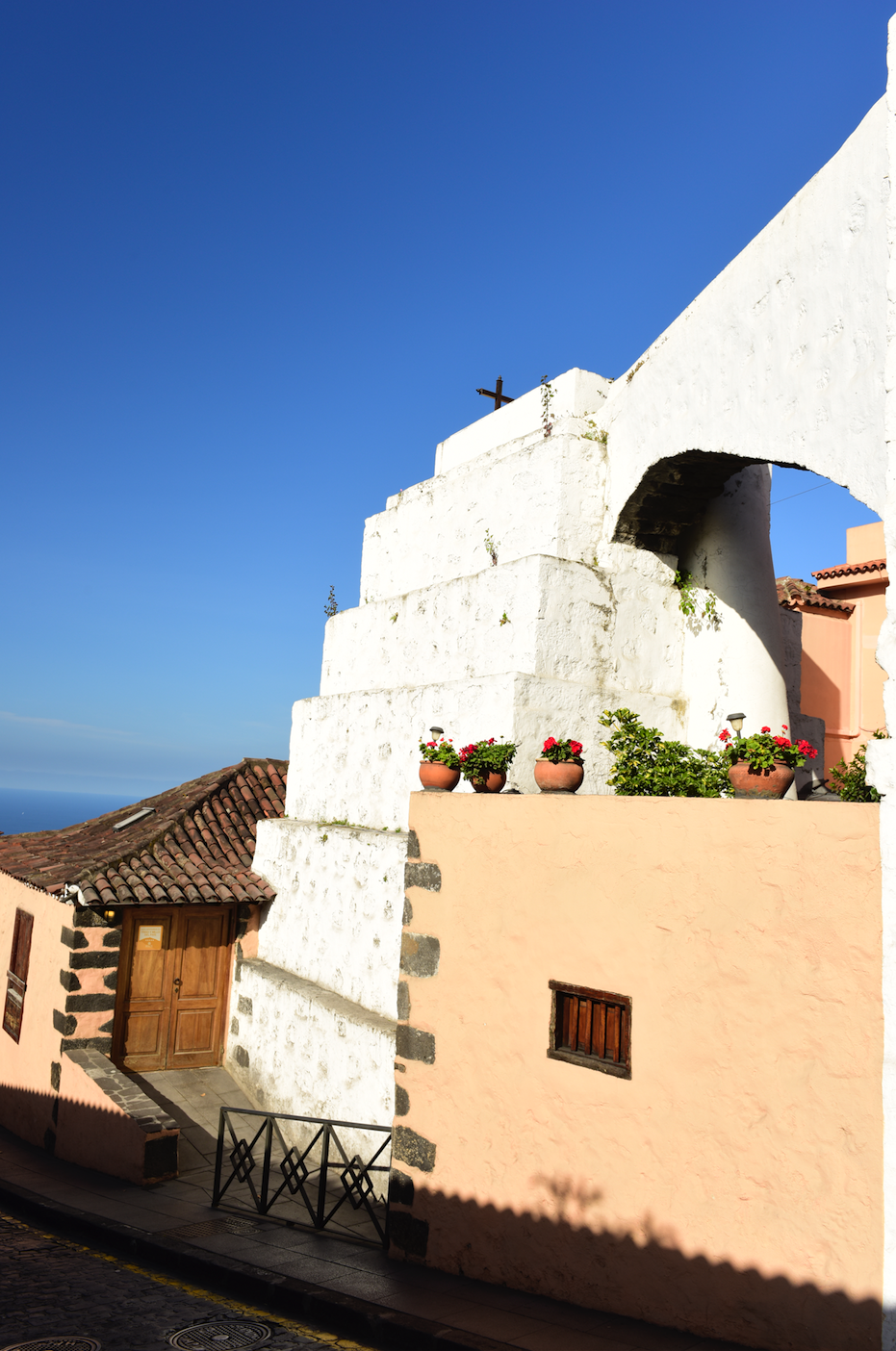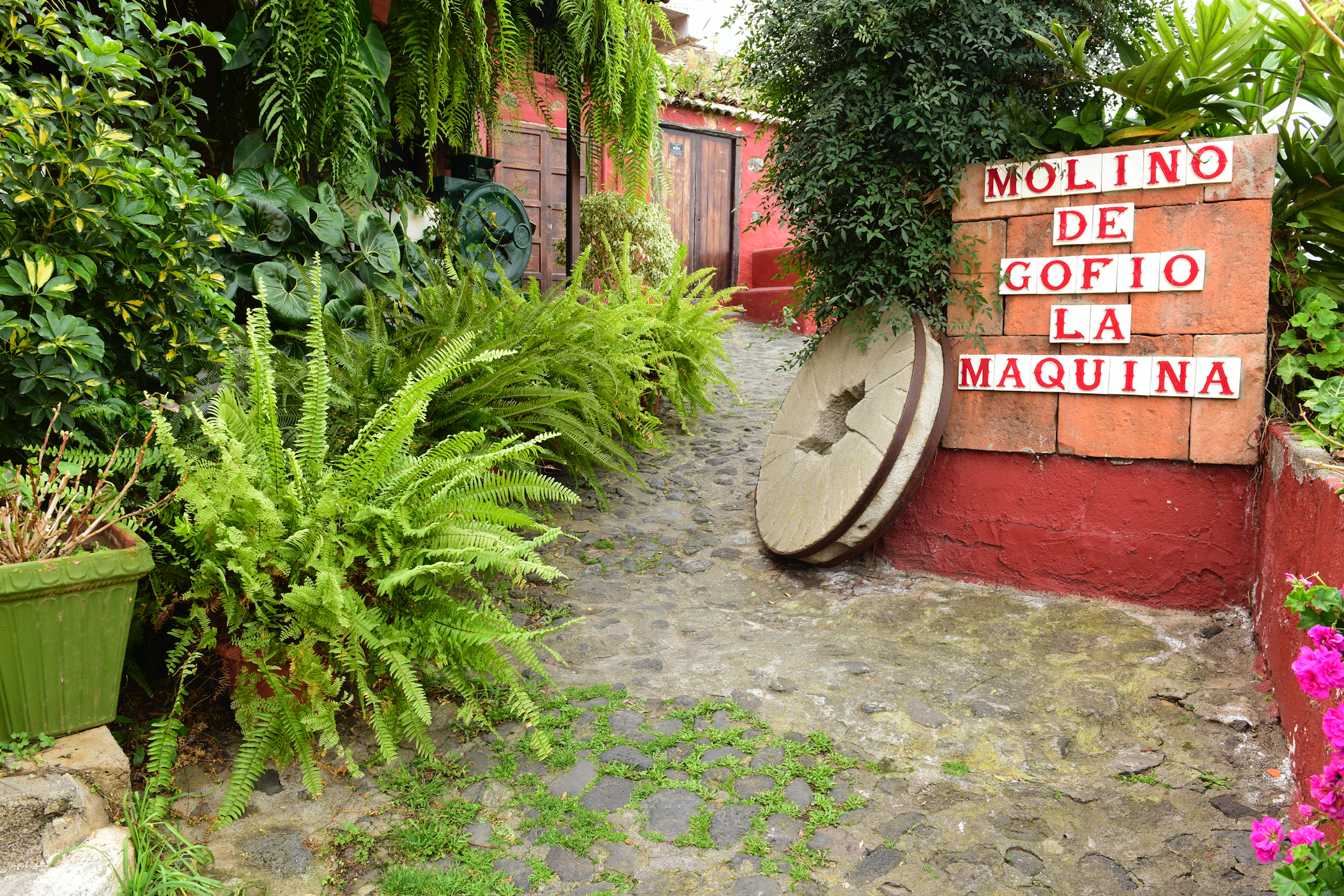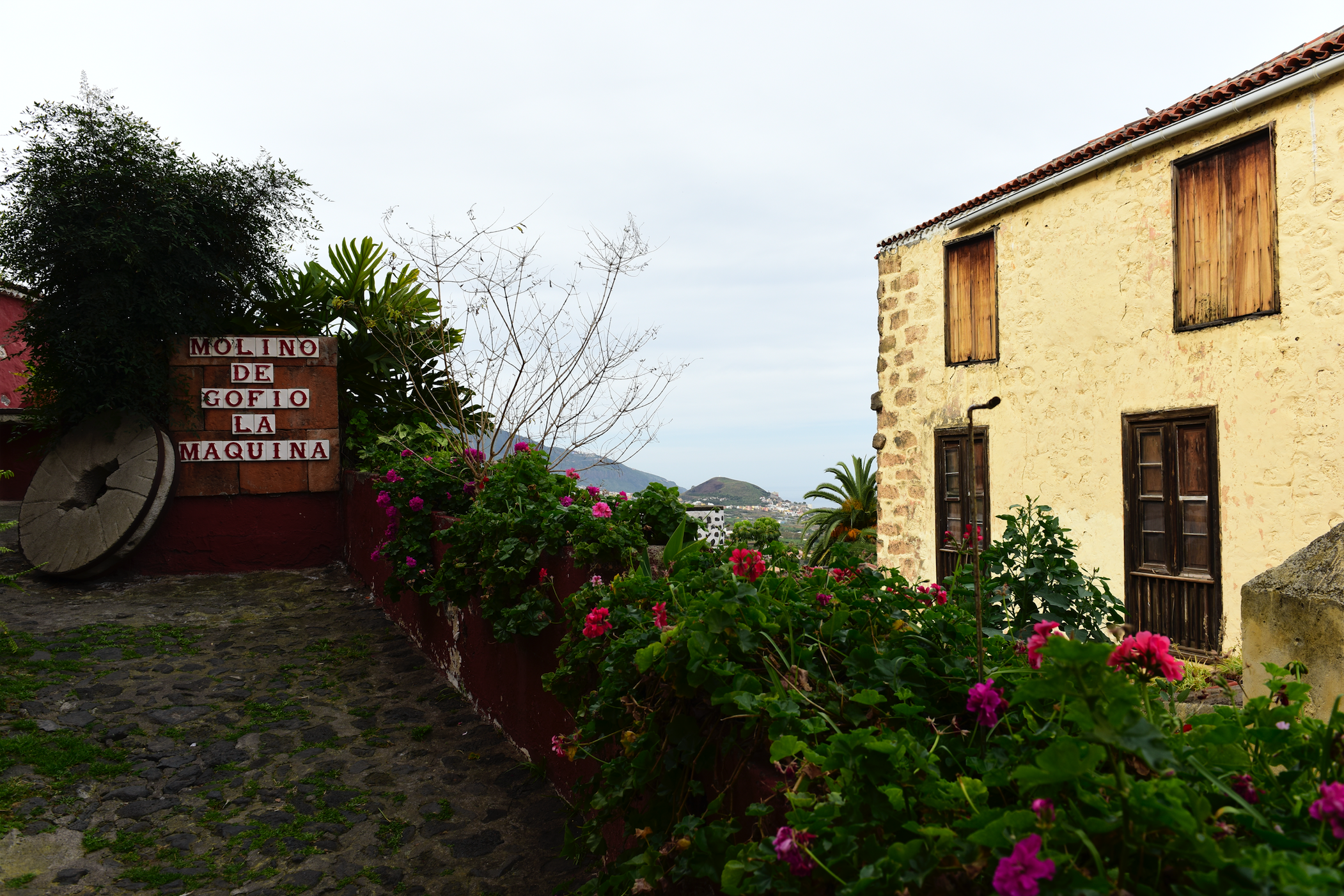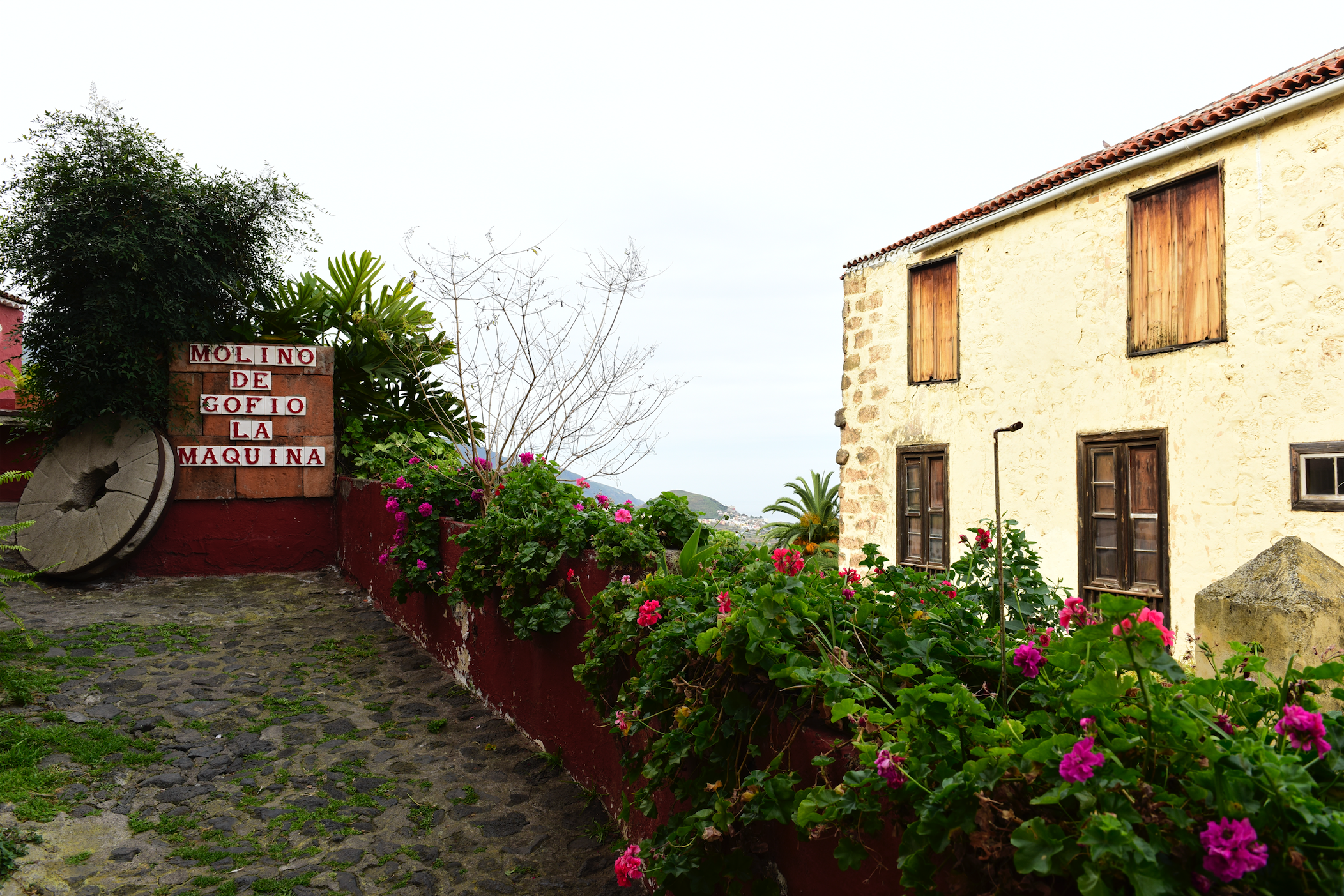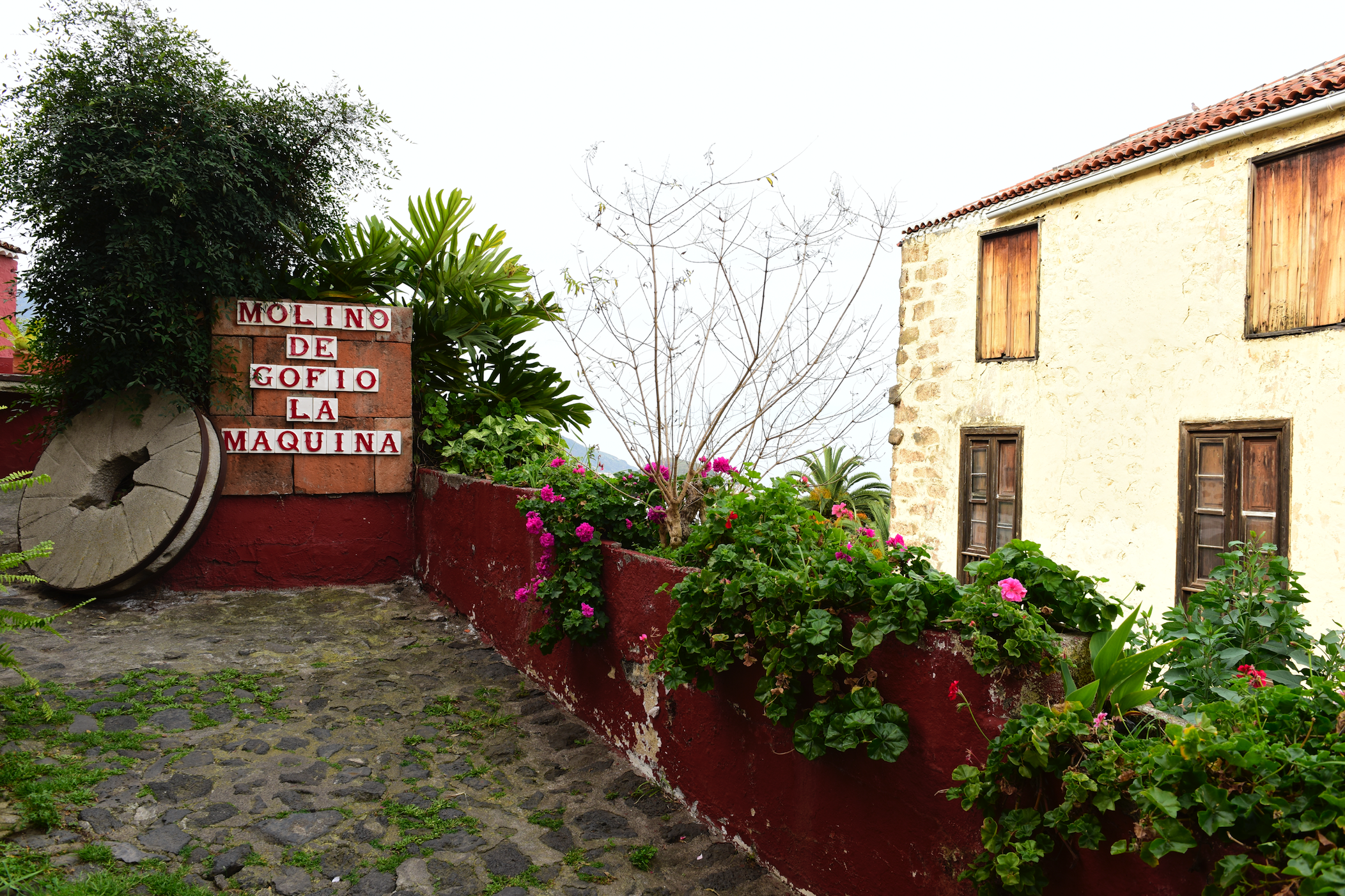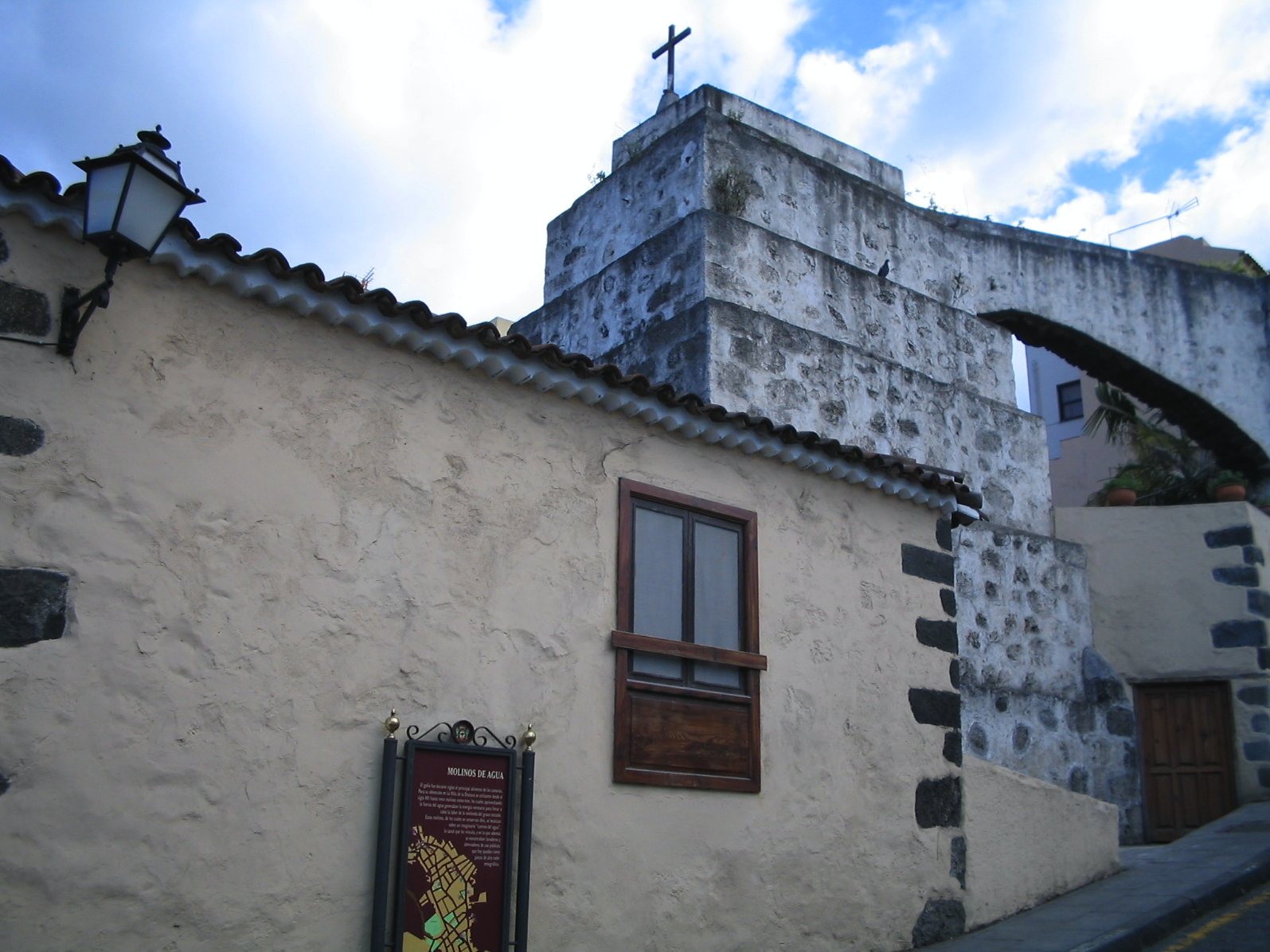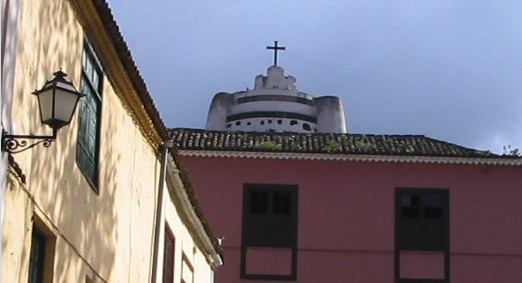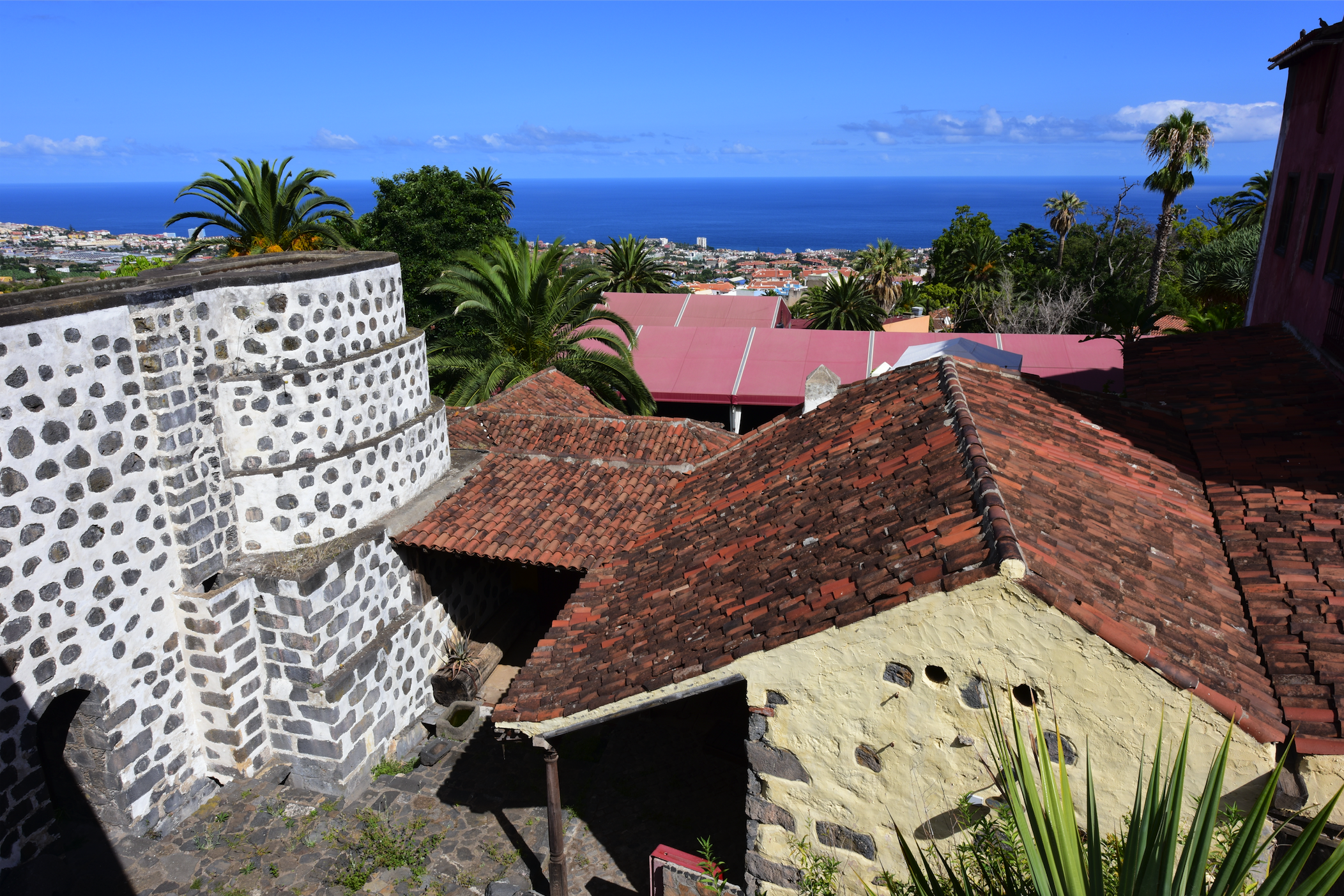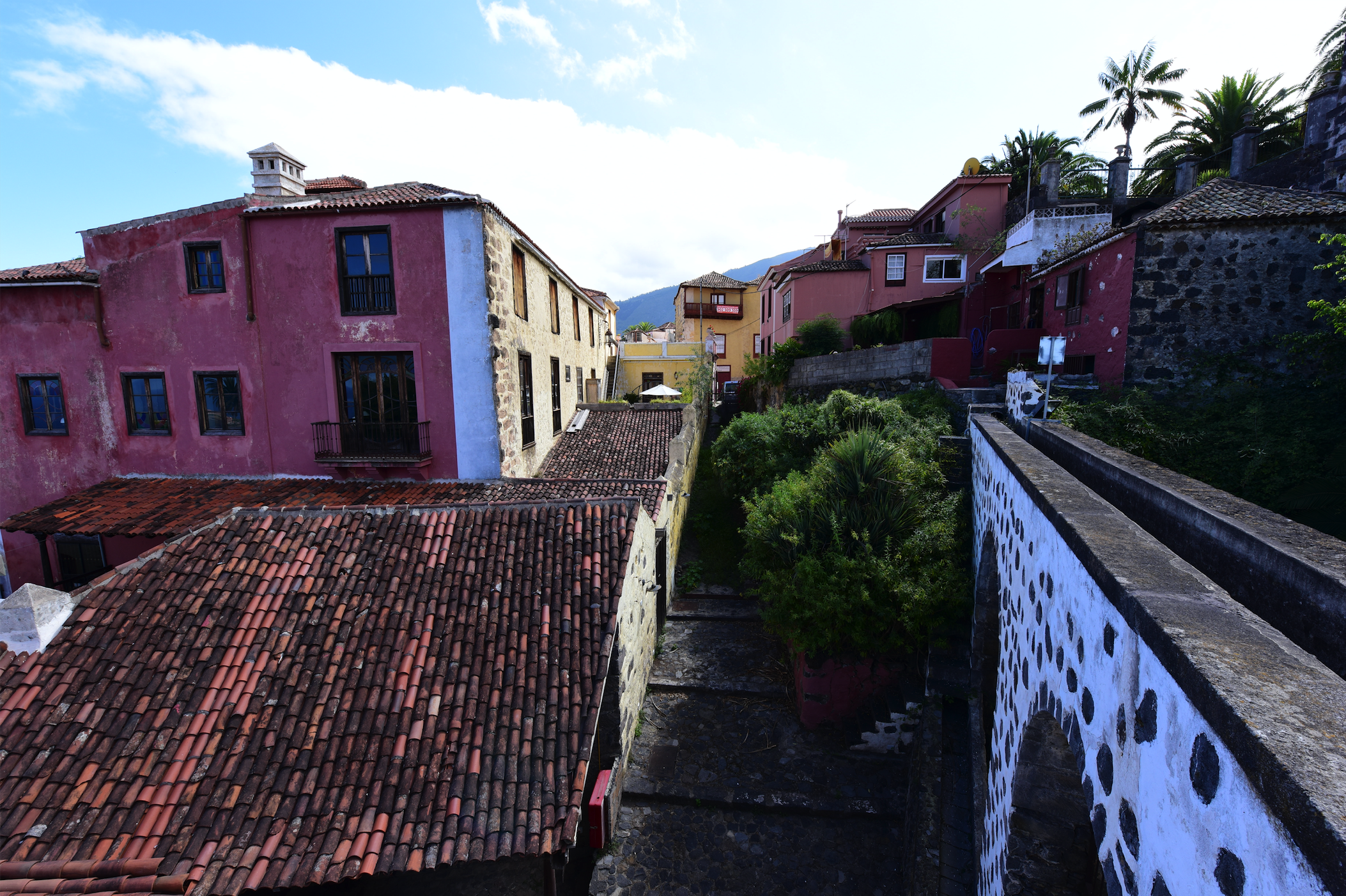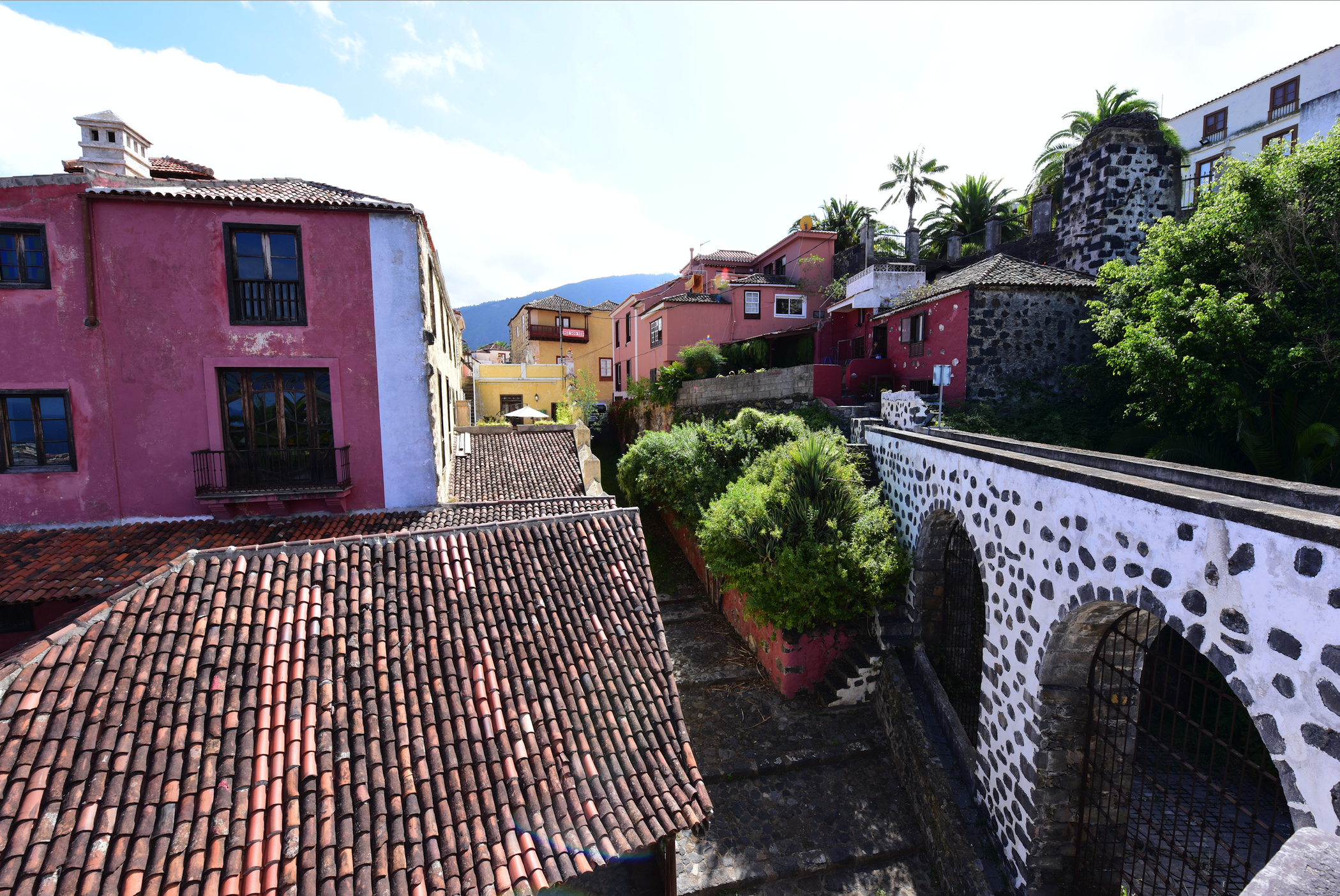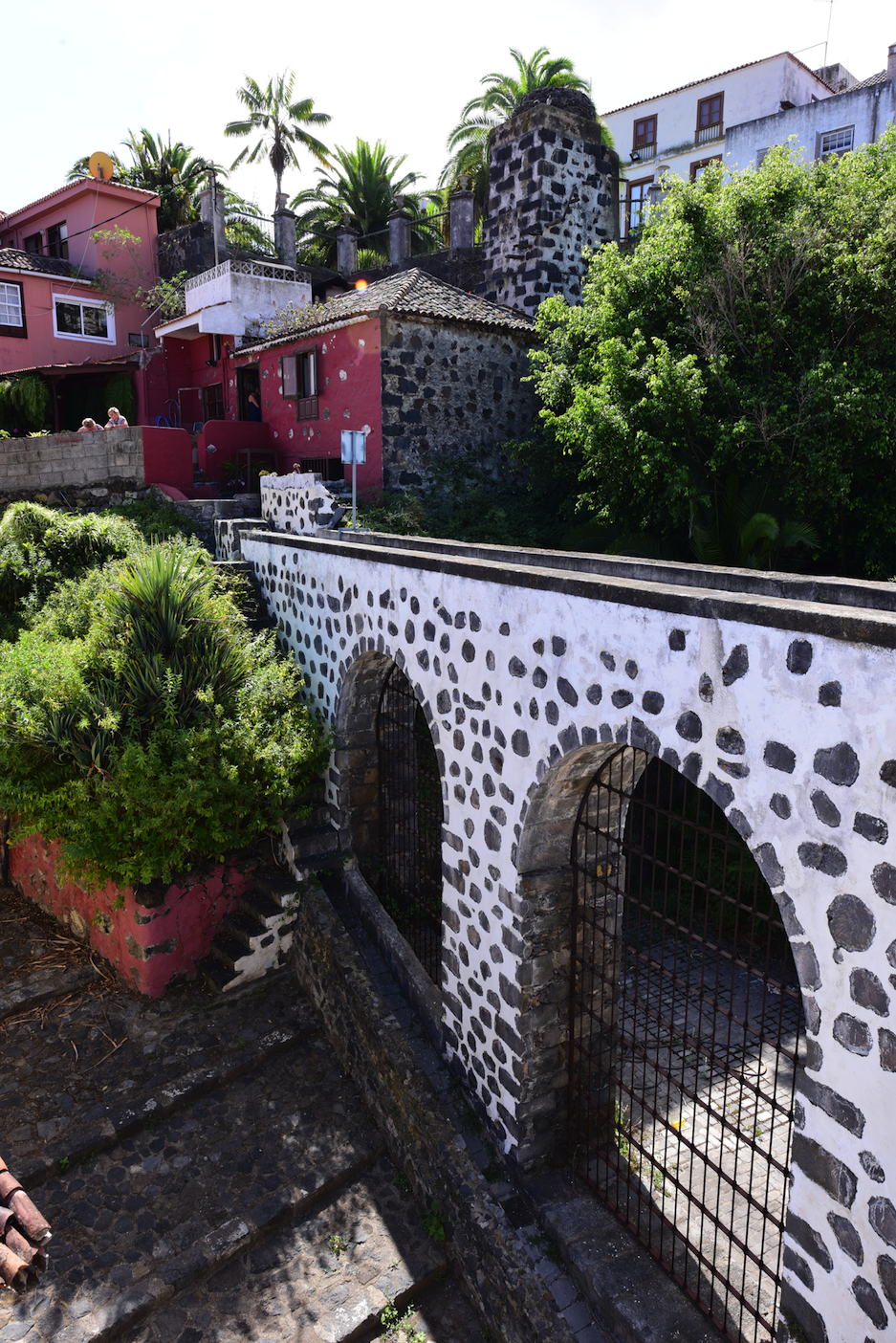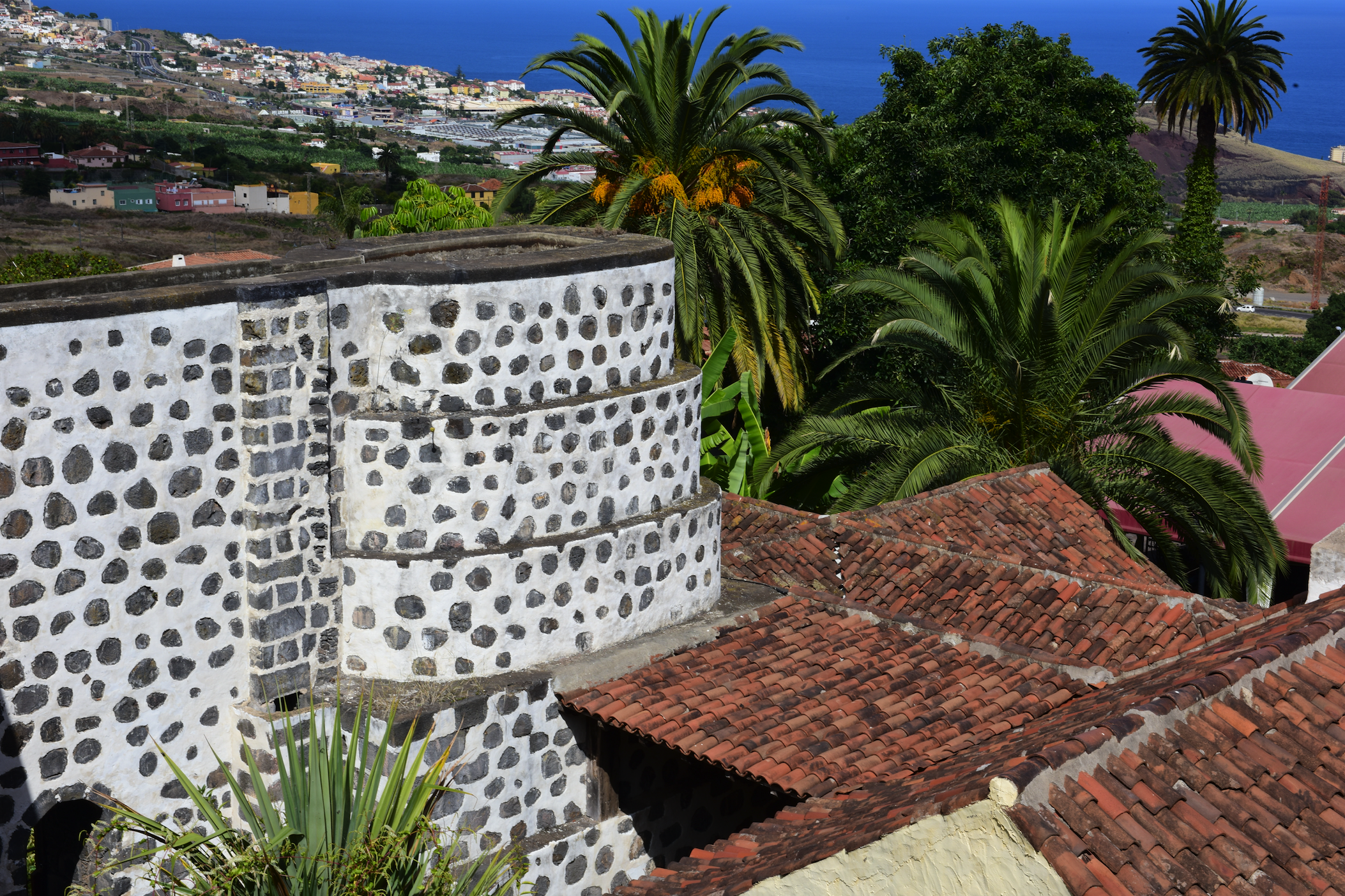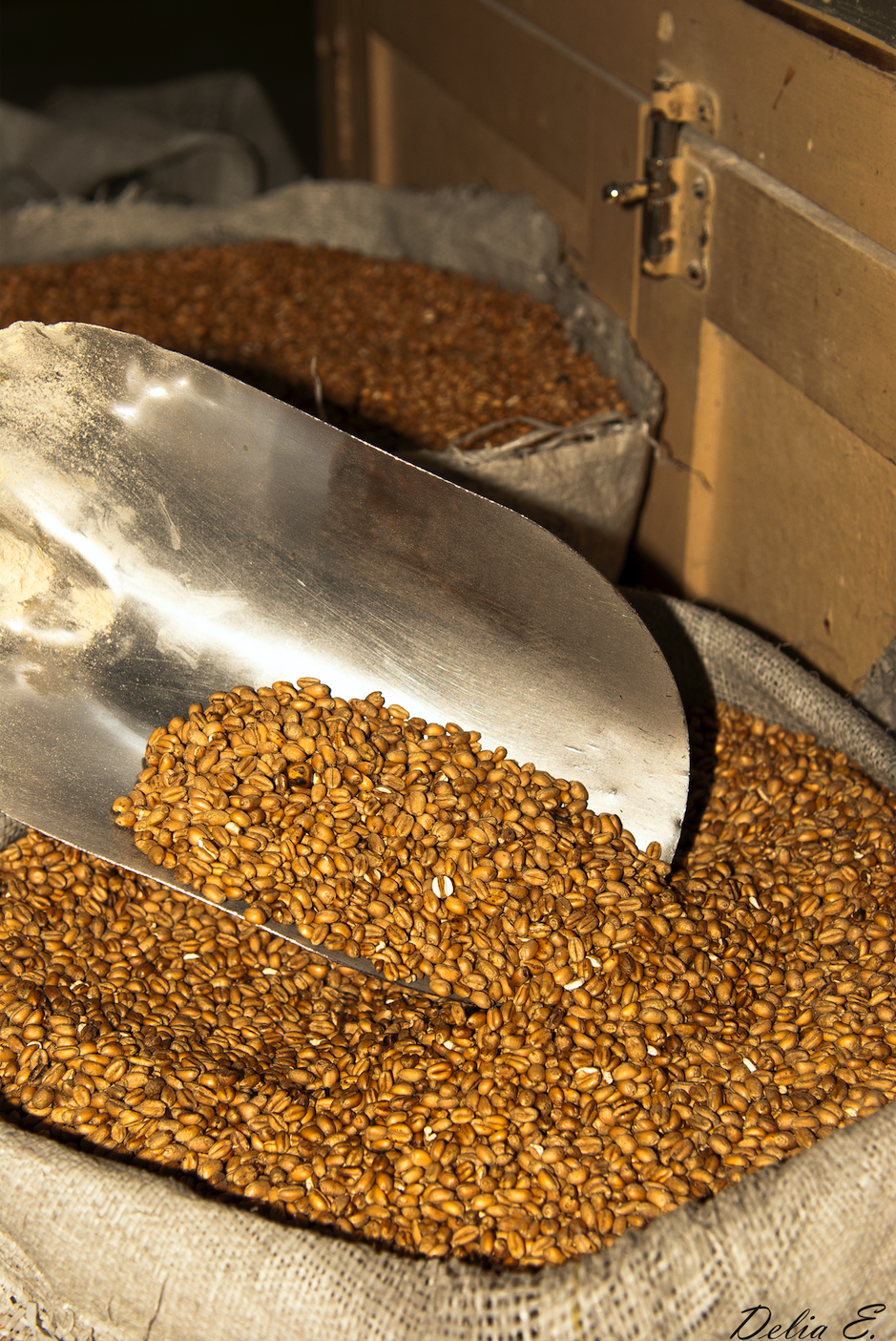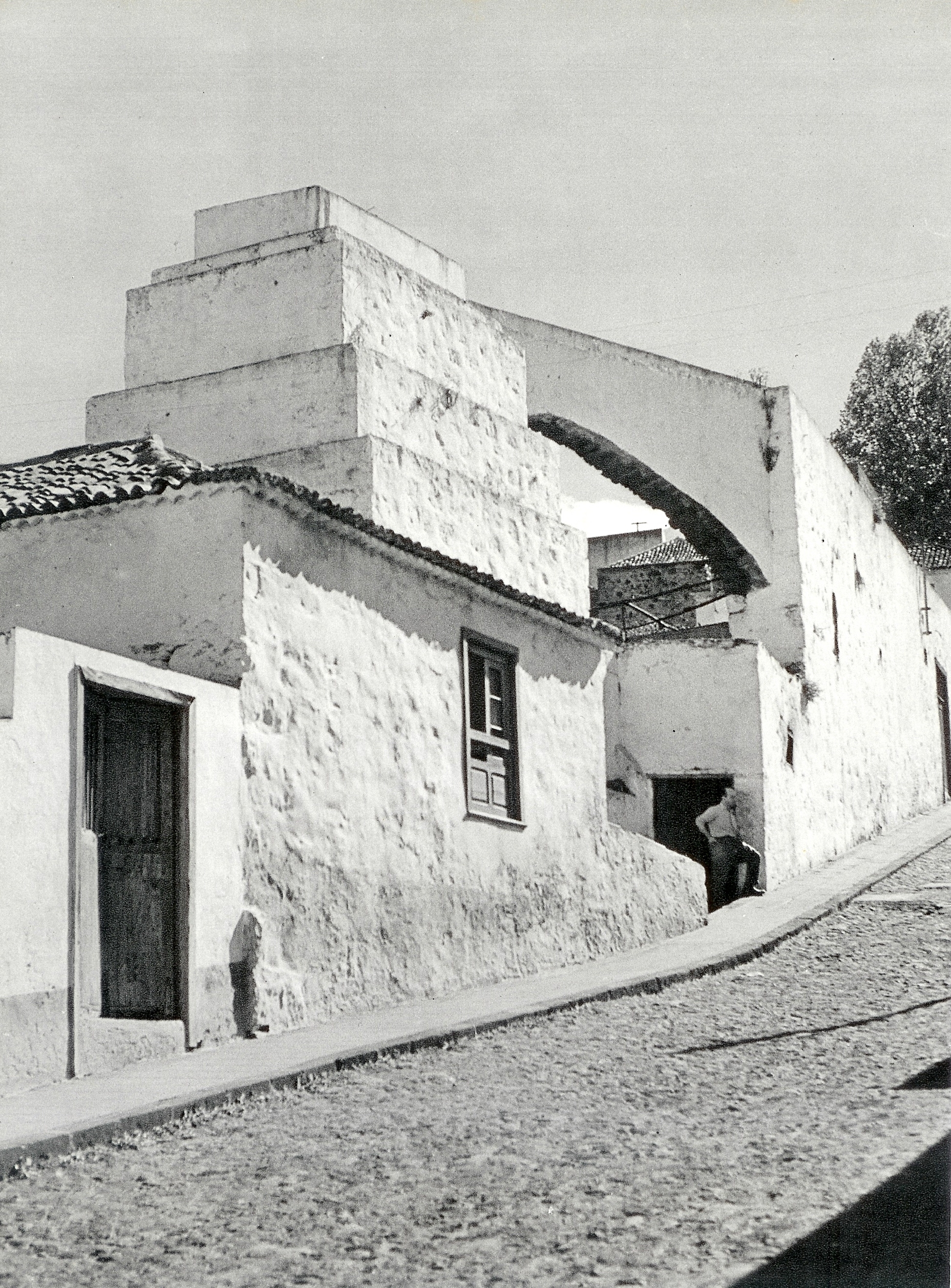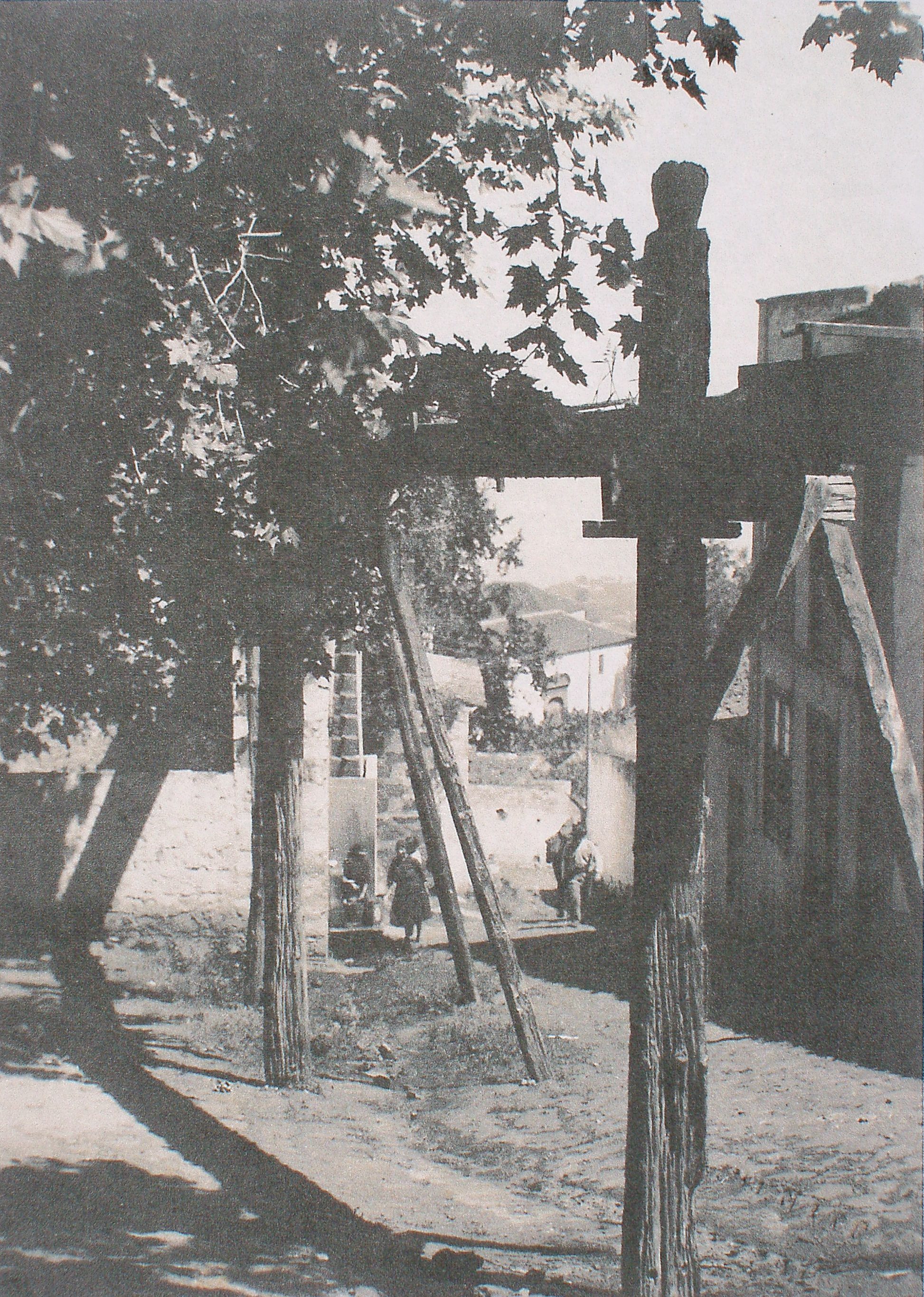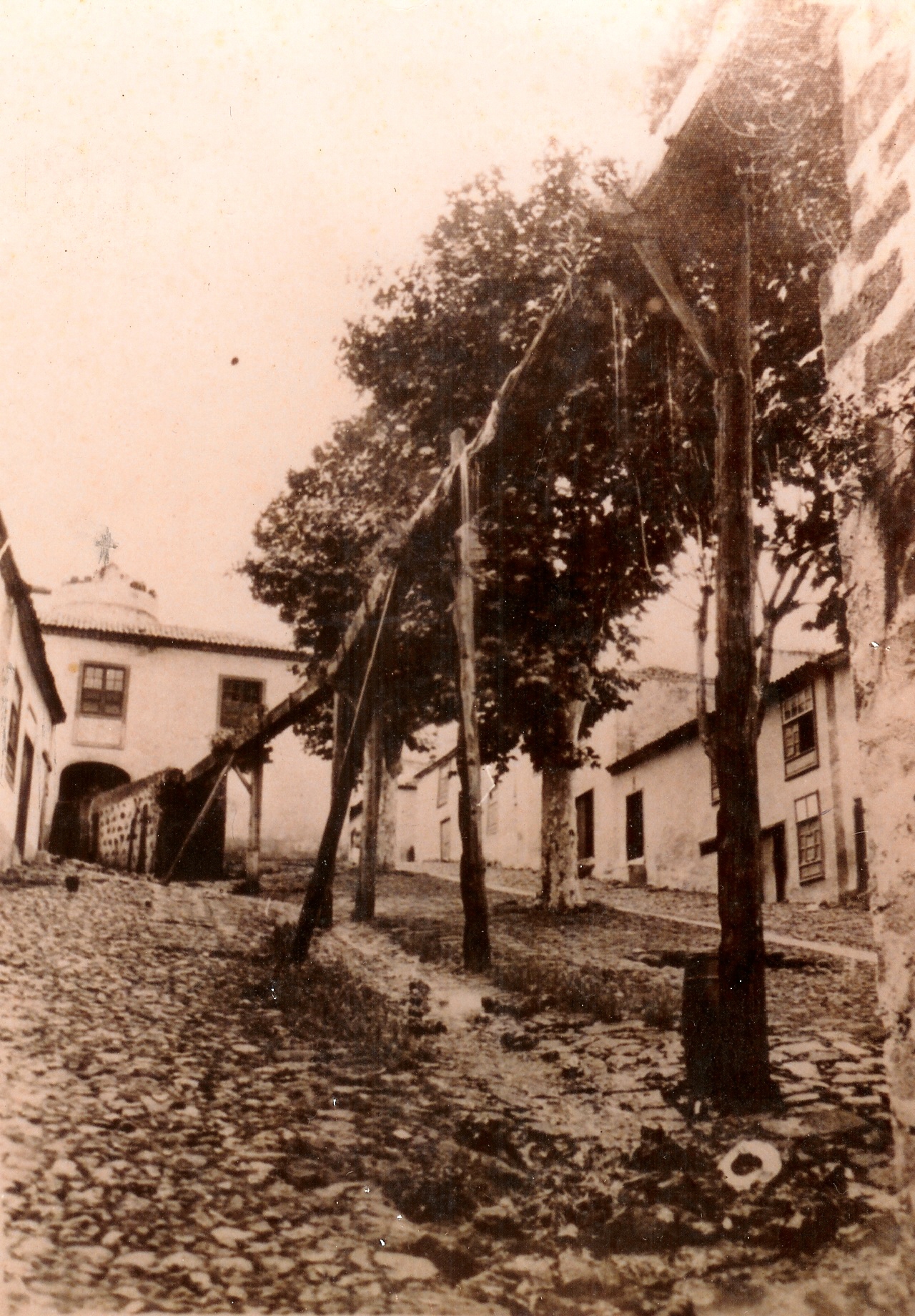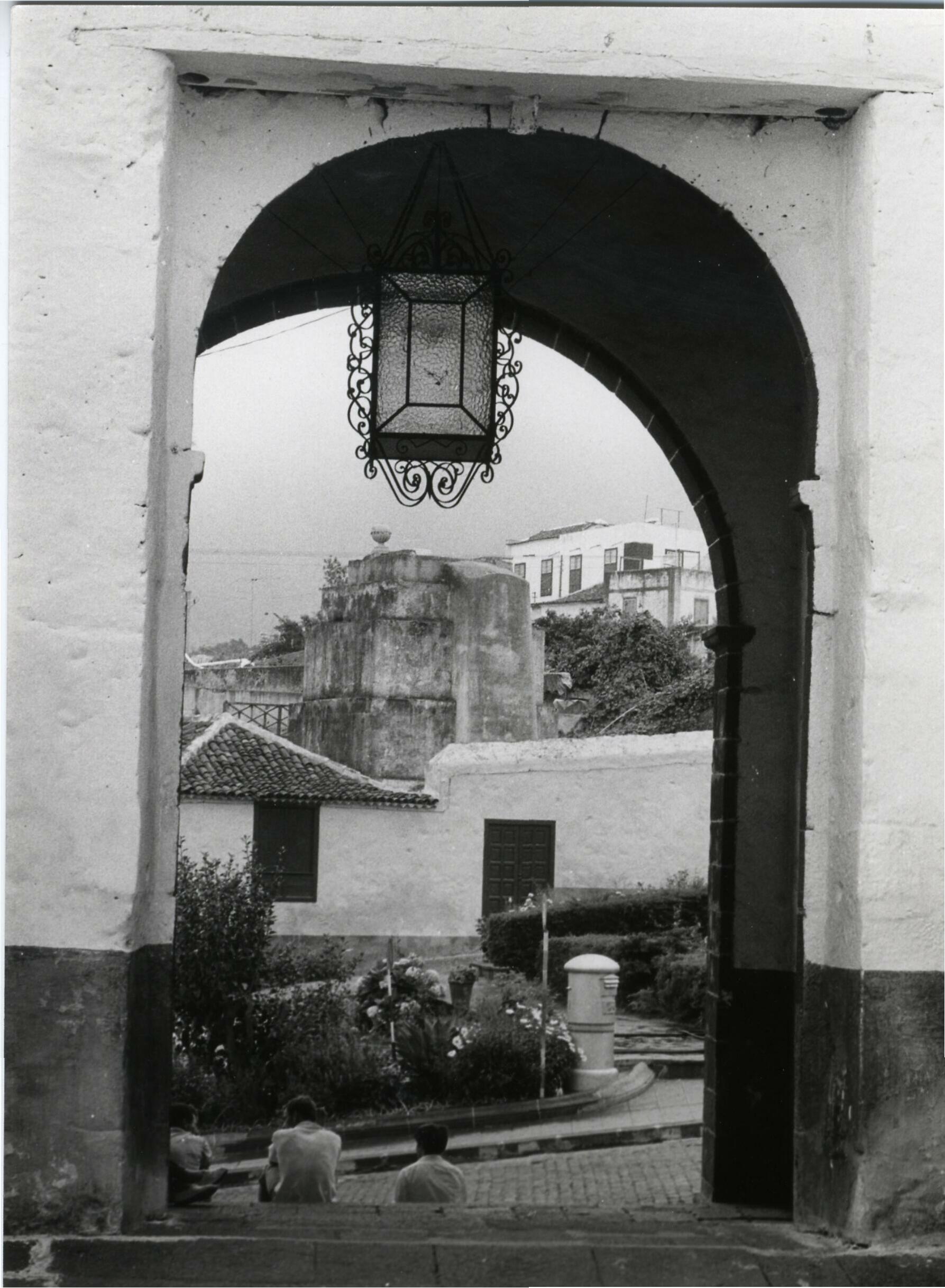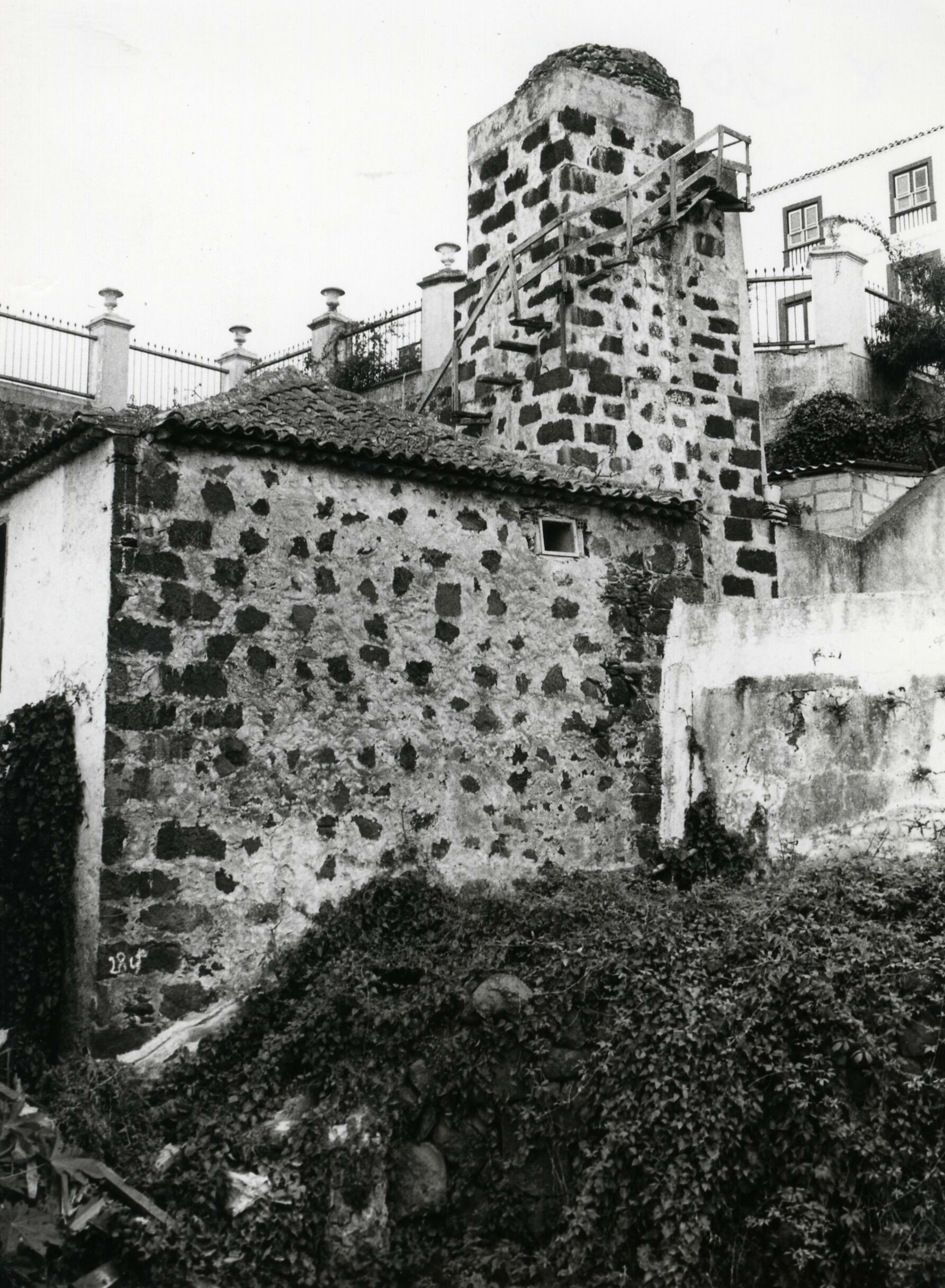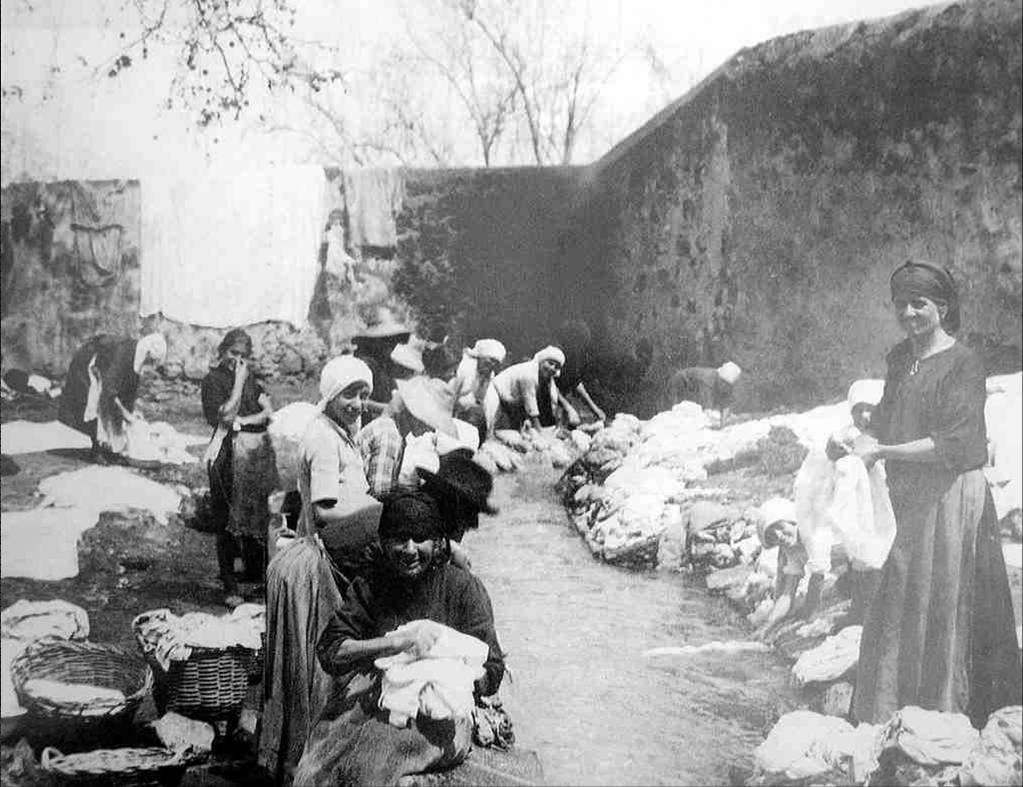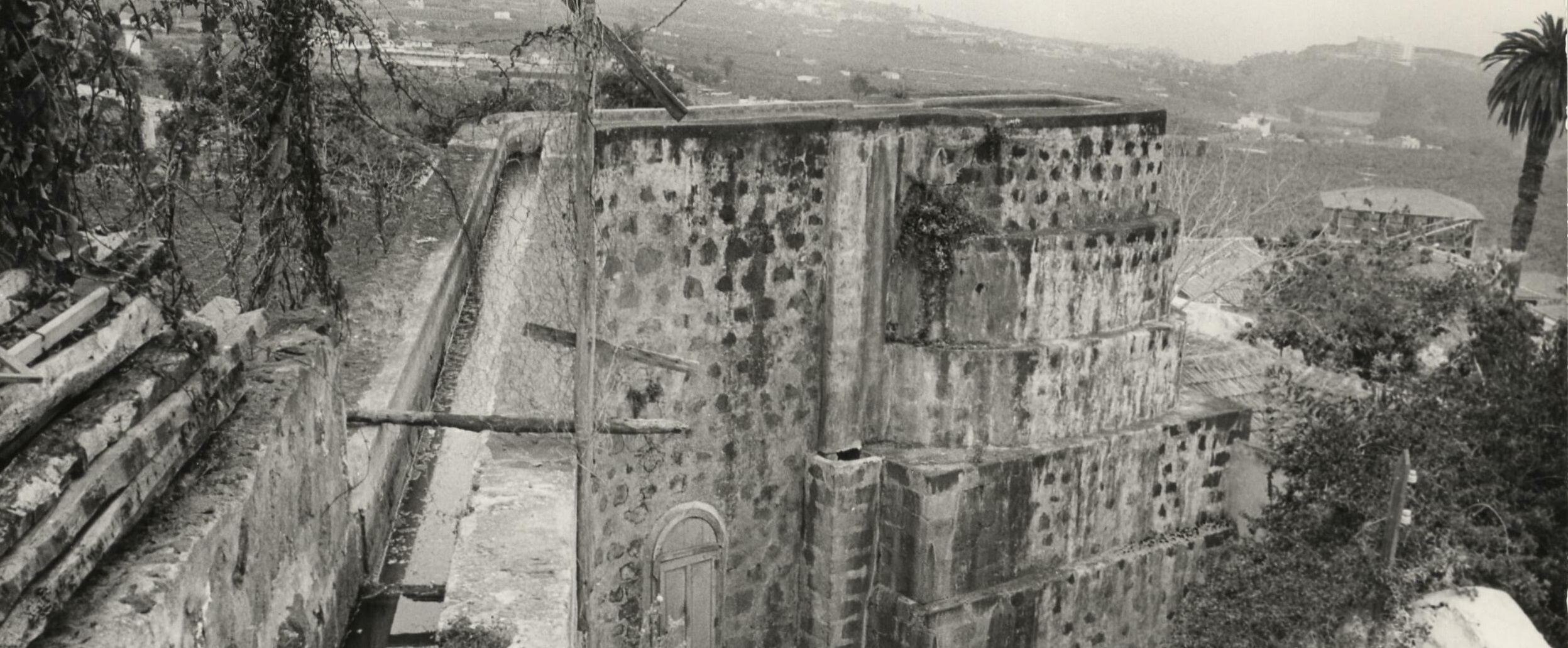
Try to imagine the great flow of water that emerged from the Aguamansa springs to irrigate these fertile lands of the Valley. This volume of water, taking advantage of the great unevenness of the land, favoured the appearance of thirteen mills, comprised of a stonework container for the water that would push a pair of horizontal hydraulic gearwheels engaged to the millstones. The water flowed in wooden canals that were later replaced by mortar ones. These wooden canals, with many elevated sections, lost a great amount of water and this was the reason why an irrigation ditch was placed between the street cobblestones. The convents and the neighbouring houses took water directly from the ditch. The San Francisco Street public washing place is another area related to the water supply for public use in the town centre. Its origin goes back to the sixteenth century when it was created from the irrigation ditch that led the water to the primitive neighbour settlement, and it was in close connection with the flour mills. In this public washing place, two very different structures can be seen, connected to two different historical moments. On the one hand, we can find the primitive one, built around the irrigation ditch, provided with stone slabs for washing clothes. On the other hand, it is possible to appreciate the cement public washing facilities introduced by Tomás Machado and Méndez Fernández de Lugo in 1945. The reason for the appearance of the water mills is the lack of wind that characterises the weather of the valley, which made it impossible to use windmills. At present, of the ten mills which are still preserved, two continue to operate, but with electric energy, producing the quintessential Canarian food called “gofio”, flour obtained by grinding the previously roasted grain of a cereal (corn, wheat, barley or even a mixture of two of them).






